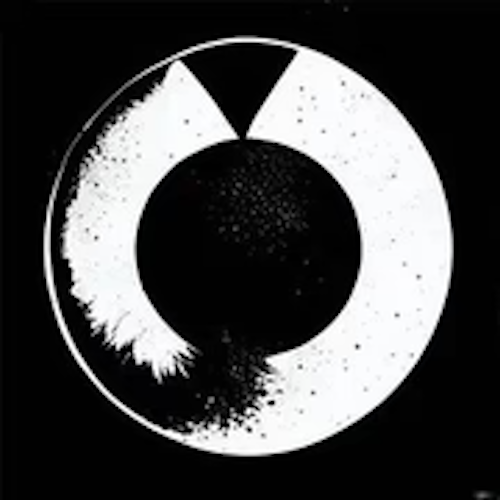
How to Optimize Your 3D Printing Process: An SLA/FDM Tutorial
Share
Introduction
At Technast, we specialise in the design of intricate, futuristic 3D printed objects for high-end retail and scientific use. Our services extend across Canada, especially in Toronto, Mississauga, and the GTA. In this tutorial, we will guide you on how to optimize your 3D printing process using SLA and FDM techniques.
Understanding SLA and FDM
Stereolithography (SLA) and Fused Deposition Modeling (FDM) are two of the most common 3D printing techniques. While SLA uses a laser to cure liquid resin into hardened plastic, FDM heats and extrudes plastic, piecing it together layer by layer.
SLA/FDM Optimization Tips
- Material Selection: Choose the right material for your project. SLA is great for detailed, intricate designs like jewelry prototyping, which includes resin prints and cast-ready prep. FDM, on the other hand, is excellent for bigger, less detailed items.
- Layer Thickness: Adjusting layer thickness can significantly impact the quality of the final product. Thinner layers lead to higher resolution prints but increase the printing time.
- Print Speed: Faster isn’t always better. Slower print speeds can enhance the accuracy of your 3D print.
Remember, Technast doesn’t just offer 3D printing. We also provide super-fast repair of automation systems (capping, labeling, filling machines), fully customizable and glow-in-the-dark license plate frames, and the development of native mobile apps integrating AI and IoT for custom workflows.
Conclusion
Optimizing your 3D printing process requires a good understanding of your tools and materials. With these tips and the right partner, like Technast, known for our advanced design, luxury biomorphic style, and fast, professional service, you can make the most of your 3D printing projects. Contact us today to learn more!
